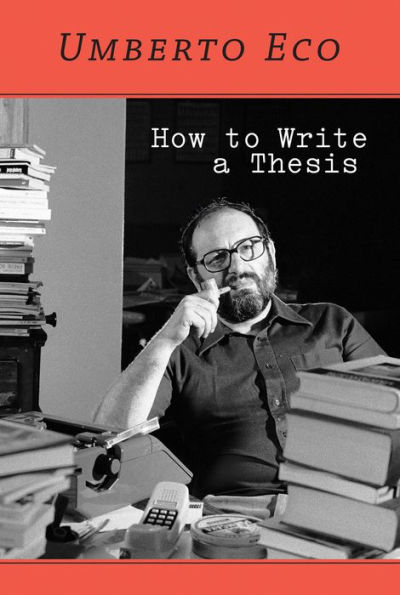5
1
9780262527132





How to Write a Thesis
- ISBN-10:
- 0262527138
- ISBN-13:
- 9780262527132
- Pub. Date:
- 03/06/2015
- Publisher:
- MIT Press
- ISBN-10:
- 0262527138
- ISBN-13:
- 9780262527132
- Pub. Date:
- 03/06/2015
- Publisher:
- MIT Press

How to Write a Thesis
$22.95
22.95
In Stock

Product Details
| ISBN-13: | 9780262527132 |
|---|---|
| Publisher: | MIT Press |
| Publication date: | 03/06/2015 |
| Series: | The MIT Press |
| Pages: | 256 |
| Sales rank: | 528,003 |
| Product dimensions: | 5.30(w) x 7.90(h) x 0.70(d) |
| Age Range: | 18 Years |
About the Author

From the B&N Reads Blog

